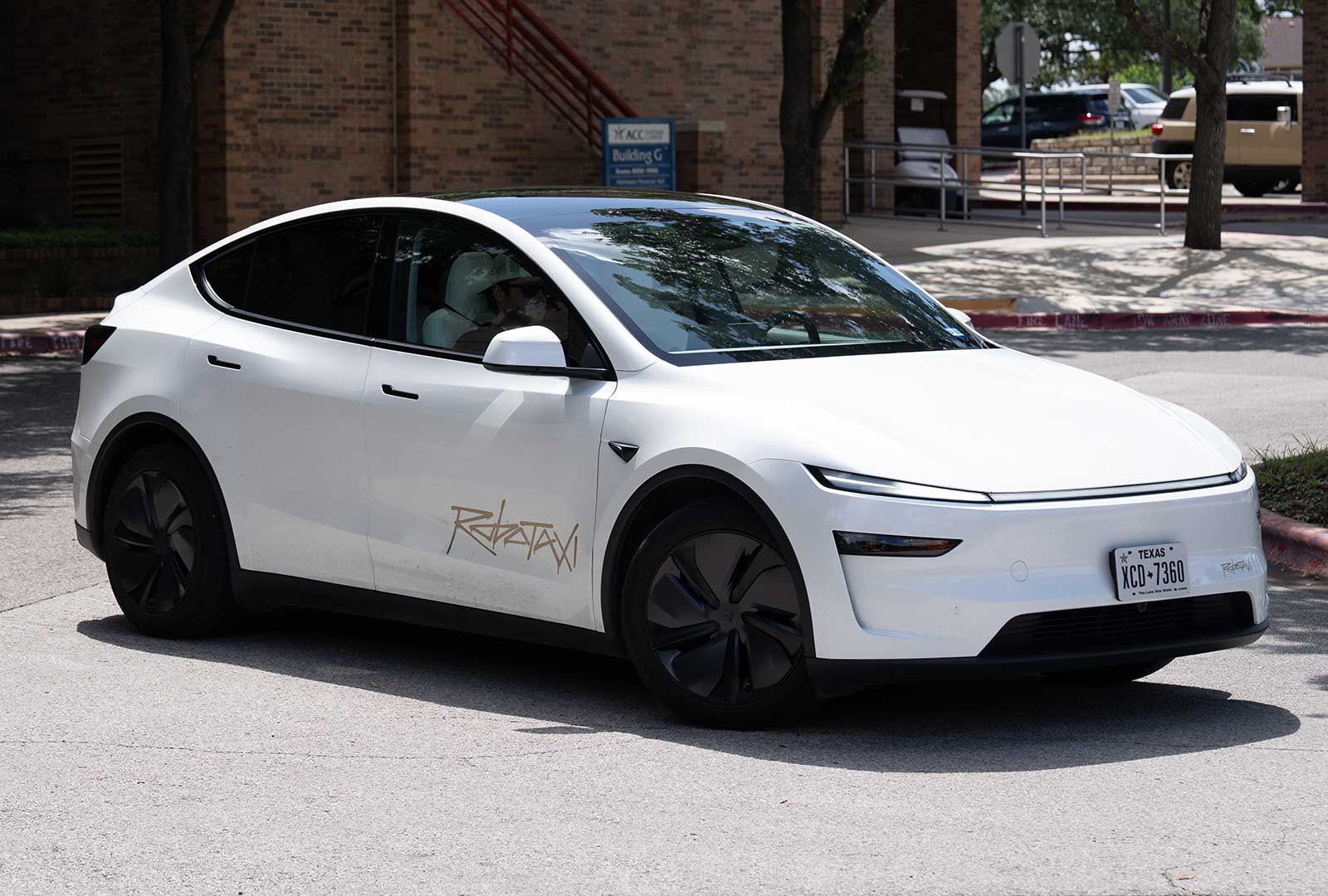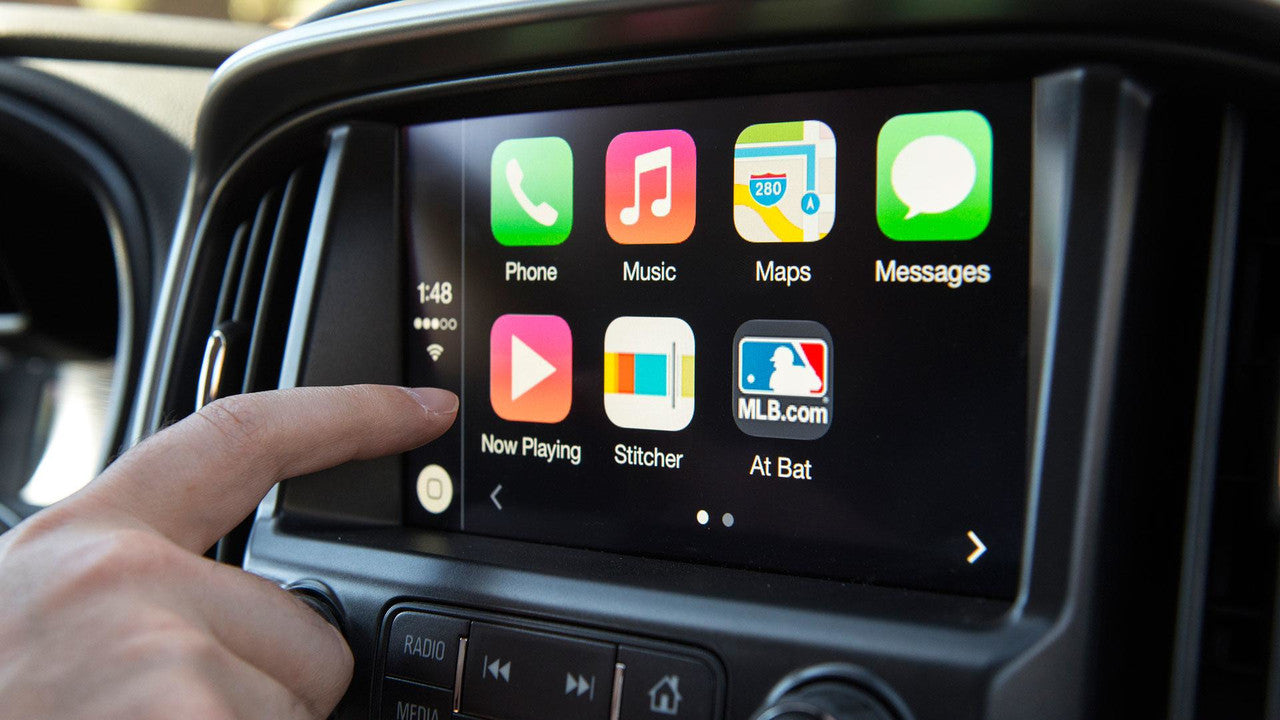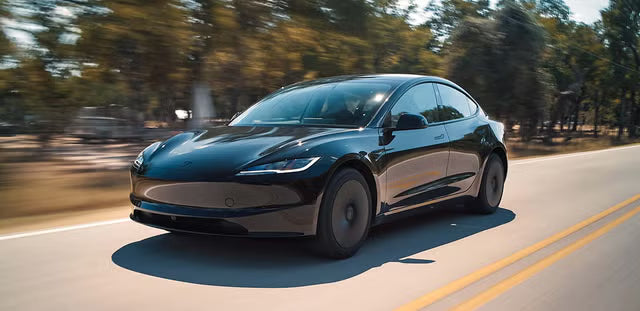Da die Verbreitung von Elektrofahrzeugen in den USA stark zunimmt, überdenken Energie- und Verkehrspolitiker die Ladezeiten und -orte ihrer Fahrzeuge. Traditionell nutzen die meisten Fahrer von Elektrofahrzeugen das Laden zu Hause über Nacht . Die zunehmende Belastung des Stromnetzes während der abendlichen Spitzenzeiten, insbesondere in Bundesstaaten wie Kalifornien, macht jedoch deutlich, dass Ladevorgänge dringend auf den Tag verlagert werden müssen – vor allem am Arbeitsplatz und an öffentlichen Ladestationen.
Als Reaktion darauf beginnen Regierungsbehörden, Versorgungsunternehmen und private Unternehmen , Anreize für das Aufladen tagsüber zu bieten, um den Energiebedarf von Elektrofahrzeugen an Zeiten mit hoher Solarenergieproduktion und geringerer Netzbelastung anzupassen.
Warum das Laden tagsüber fördern?
-
Bessere Abstimmung mit der Erzeugung erneuerbarer Energien
Die Solarenergieproduktion erreicht mittags ihren Höhepunkt und übersteigt oft den Bedarf privater Haushalte. Anreize für das Laden von Elektrofahrzeugen tagsüber tragen dazu bei, diese überschüssige Solarleistung zu absorbieren, die Nutzung erneuerbarer Energien effizienter zu gestalten und die Notwendigkeit von Drosselungen oder Energieverschwendung zu reduzieren. -
Geringere Netzbelastung während der Spitzenzeiten
Die Abendstunden (17–21 Uhr) fallen mit dem höchsten Energieverbrauch der Haushalte zusammen und sind aufgrund der hohen Nachfrage bereits stark belastet. Durch die Verlagerung des Ladevorgangs auf die Mittagszeit können Energieversorger das Netz entlasten und kostspielige Infrastrukturverbesserungen hinauszögern. -
Verbesserter Ladezugang für Mieter und Stadtbewohner
Viele Amerikaner, insbesondere in Mehrfamilienhäusern oder städtischen Gebieten, haben keinen Zugang zu Heimladegeräten. Die Förderung des Ladens am Arbeitsplatz und in der Öffentlichkeit tagsüber erhöht den gleichberechtigten Zugang zur EV-Infrastruktur.

Wichtige Programme auf Bundes- und Landesebene
1. Herausforderung des US-Energieministeriums (DOE) zum Aufladen am Arbeitsplatz
Das Programm des Energieministeriums wurde als Teil einer umfassenderen Strategie zum Ausbau der Elektrofahrzeuginfrastruktur ins Leben gerufen und unterstützt Arbeitgeber, die ihren Mitarbeitern Ladestationen für Elektrofahrzeuge anbieten. Unternehmen erhalten technische Unterstützung, Anleitungen zur Bereitstellung von Ladegeräten und Anerkennung für ihre Teilnahme.

2. Steueranreize des Inflation Reduction Act (IRA)
Im Rahmen des IRA können Arbeitgeber eine Steuergutschrift von bis zu 30 % für die Installation von Ladestationen für Elektrofahrzeuge erhalten, insbesondere in einkommensschwachen und ländlichen Gebieten. Dies ermutigt mehr Arbeitgeber, eine Ladeinfrastruktur aufzubauen.
3. Kaliforniens CALeVIP- und LCFS-Programme
Die California Energy Commission (CEC) finanziert das California Electric Vehicle Infrastructure Project (CALeVIP), um tagsüber installierte Gleichstrom-Schnellladestationen zu subventionieren. Gleichzeitig gewährt der Low Carbon Fuel Standard (LCFS) Gutschriften an Betreiber von Ladestationen, die Strom für öffentliche oder betriebliche Ladestationen bereitstellen.

Anreize für Ladevorgänge tagsüber durch Energieversorger
In den gesamten USA führen Versorgungsunternehmen zeitabhängige Preise und Demand-Response-Programme ein, die das Laden von Elektrofahrzeugen tagsüber begünstigen.
| Versorgungsunternehmen | Programmname | Hauptvorteil |
|---|---|---|
| PG&E (Kalifornien) | EV-Ladenetzwerk | Vergünstigte Tagestarife für das Laden am Arbeitsplatz |
| Con Edison (New York) | SmartCharge NY | Rabatte für das Laden zwischen 10 und 14 Uhr |
| Xcel Energy (Colorado, Minnesota) | EV Beschleunigen Sie zu Hause | TOU-Tarife mit Ermäßigungen zur Spitzenzeit für die Tagesnutzung |
| Florida Strom & Licht | Evolution | Arbeitsplatz-Ladeprogramm mit Installationsunterstützung |
Diese Programme ermöglichen es Arbeitgebern und Betreibern öffentlicher Standorte, Ladegeräte zu geringeren Kosten zu installieren und geben Fahrern von Elektrofahrzeugen gleichzeitig einen Grund, ihre Geräte tagsüber anzuschließen.
Rolle des intelligenten Ladens und Flottenmanagements
Moderne Ladesysteme für Elektrofahrzeuge mit intelligenter Zeitplanung, Lastausgleich und app-basierten Benutzeroberflächen können Arbeitsplätze und öffentliche Einrichtungen dabei unterstützen, Spitzenlasten zu bewältigen und die Anreize der Energieversorger zu nutzen. Dies ist besonders wichtig für:
-
Firmenflotten von Elektrofahrzeugen , die während Schichten oder Lieferrouten aufgeladen werden
-
Verkehrsbetriebe und öffentliche Flottenbetreiber steigen auf Elektrobusse um
-
Gemeinsam genutzte Mobilitätsdienste wie Uber oder Lyft EV-Fahrer, die mittags aufladen möchten
Barrieren und Überlegungen
Trotz der wachsenden Unterstützung bleiben einige Herausforderungen bestehen:
-
Verfügbarkeit von Ladegeräten : In vielen Gegenden, insbesondere außerhalb der Küstenstaaten, sind Ladestationen am Arbeitsplatz nach wie vor begrenzt.
-
Beteiligung der Arbeitgeber : Einige Unternehmen zögern, in die Ladeinfrastruktur zu investieren, da sie mit den Kosten rechnen müssen oder nicht mit der Infrastruktur vertraut sind.
-
Öffentliches Bewusstsein : Viele Fahrer sind sich der TOU-Vorteile oder der Lademöglichkeiten am Arbeitsplatz nicht bewusst.
Empfehlungen für politische Entscheidungsträger und Arbeitgeber
-
Ausweitung der Bundes- und Landeszuschüsse für öffentliche Ladestationen und Ladestationen am Arbeitsplatz
Priorisieren Sie unterversorgte Gemeinden und Gebiete mit hohem Potenzial für die Einführung von Elektrofahrzeugen. -
Bieten Sie Arbeitgebern einen klaren ROI
Zeigen Sie, wie Steuergutschriften, LCFS-Gutschriften und Versorgungsrabatte die Investitionsrisiken verringern. -
Starten Sie Sensibilisierungskampagnen
Informieren Sie Fahrer darüber, wie sich das Laden tagsüber positiv auf ihre Stromrechnung und die Batteriegesundheit auswirkt. -
Gebühren in Bauvorschriften aufnehmen
Fordern Sie Ladeinfrastruktur für neue Gewerbebauten an.
Ausblick: Eine intelligentere Ladezukunft
Angesichts steigender Verkaufszahlen von batteriebetriebenen Elektrofahrzeugen und der zunehmenden Bedeutung erneuerbarer Energien im nationalen Stromnetz muss sich die Zukunft des Ladens von Elektrofahrzeugen in den USA weiterentwickeln. Die Verlagerung des Ladens auf die Tagesstunden durch strategische Anreize ist ein wichtiger Schritt zur Gewährleistung der Energienachhaltigkeit, zur Verbesserung der Netzzuverlässigkeit und zur Ausweitung des Zugangs zu Elektrofahrzeugen für alle.
📊 Infografik: Anreizprogramme für das Laden tagsüber in den USA









Aktie:
Was ist V2G? Vehicle-to-Grid-Technologie und ihre Rolle im EV-Ökosystem verstehen
Die Steueranreize des Inflation Reduction Act (IRA) für Elektrofahrzeuge und saubere Energie verstehen